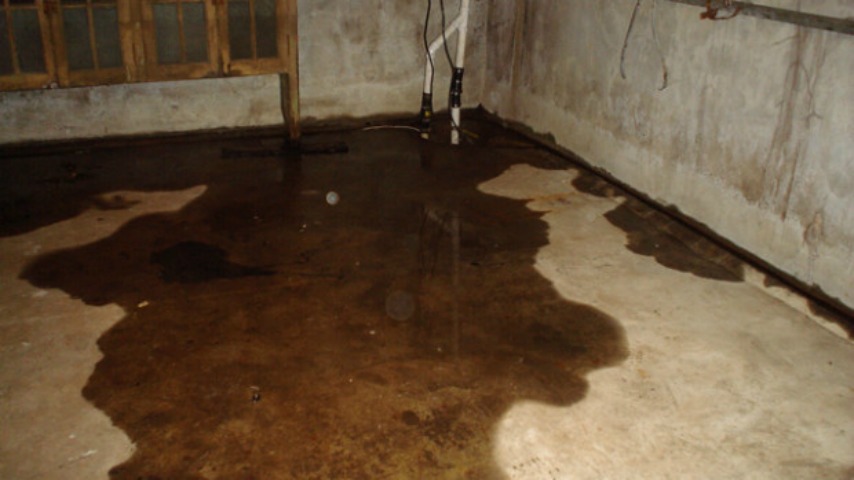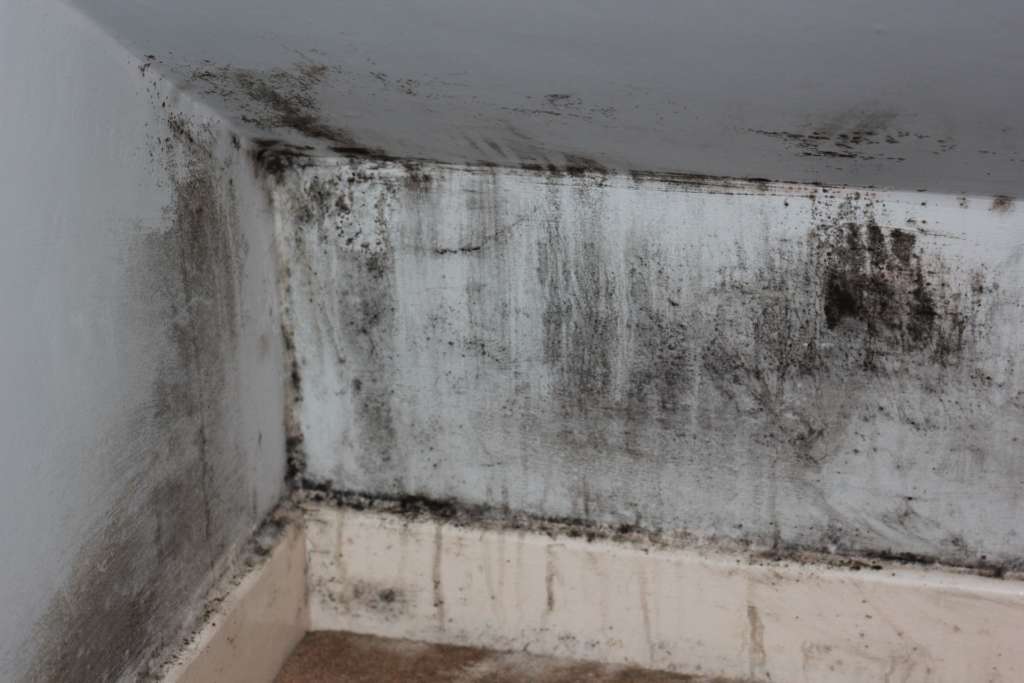Spring Home Maintenance Checklist: Foundation cracks
Many people don’t think about water damage until it has happened in their home, and usually by that time the damage has cascaded into a big problem. That is one of the hidden dangers of water leakages, as it doesn’t always happen as dramatically as it does in the movies with the whole floor flooded by inches of water. It can also start from a small leak that, given time, can do a lot of damage behind walls, under floors, and to your belongings. Following our recent article on the Spring Maintenance Checklist, today we will focus on cracks in the foundation.
Water leaks and your basement
Most families use their basement for storage and/or have their washer and dryer there, some have finished walls and flooring, and some even have an in-law suite or basement apartment. Whether or not you’ve finished any part your basement, you have a lot of valuable assets down there so you don’t want them getting wet or sitting in a pool of water. Your foundation not only holds up the structure of the house but it also provides a physical barrier between the moisture outside and your belongings inside. Over time, foundations can crack leading the way for water to penetrate the outer waterproofing and enter your house.
Not all cracks are the same
Sometimes concrete will crack when it cures or dries, so even new homes can have some cracks in the foundation and they might be harmless. This is also why contractors would advise not to finish a basement until the house has gone through a couple winters, as you can see right away whether the waterproofing is adequate to withstand the freeze-thaw cycle or needs repair. Even if there is no current leak, there are some red flags to tell you whether it’s worth calling in a professional to take a look:
- If the tip of a dime can fit in a crack, you should get it checked.
- Vertical cracks can happen as the house settles, and sometimes you see them at the corner of windows or doors as the house settles. However if it’s a wide crack (dime test) or if you also see the wall bulging inwards it could indicate a bigger problem.
- Horizontal cracks can happen due to the pressure of the earth pushing inwards during freezing and thawing, and you might see it three or four feet below ground level where the frost line is. However if you also see the wall bulging inwards then there could be a problem with the structural integrity and should definitely get it checked out.
- If you see step cracks (horizontal and vertical cracking that looks like steps) in cinder block or brick foundations you should call a professional, and cracks in the cinder blocks themselves are also serious. These types of cracks can lead the way for water getting in your home so it’s better to be safe and have them checked out.
What could water do?
Water harms some items faster than it harms other items, and in the short term:
- Documents and papers can be smudged or ruined.
- Furniture or fabric dyes can stain carpets.
- Furniture can delaminate and swell.
- Moisture-sensitive building materials can stain or turn white.
- Appliances and other devices create electrical hazards when they contact water.
Given enough time water can do extensive damage in your home, and in the long term you may deal with:
- Steel rusts and stains your flooring.
- Normal household odours become amplified by the moisture.
- Wood may warp, swell, and split apart.
- Wood flooring may become unsalvageable.
- Paint blisters and flakes away, or wallpaper starts to peel and warp.
- Microbial growth causes allergy problems.
- Fungus and mold grows, and creates a health hazard so occupants have to evacuate.
- More extensive damage may require gutting the structure, which is both costly and timely.




